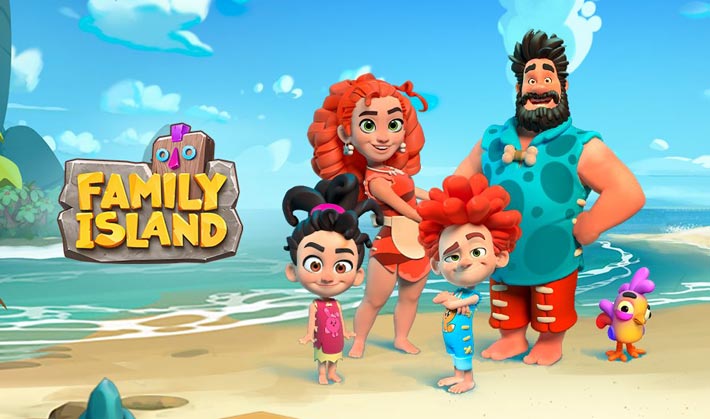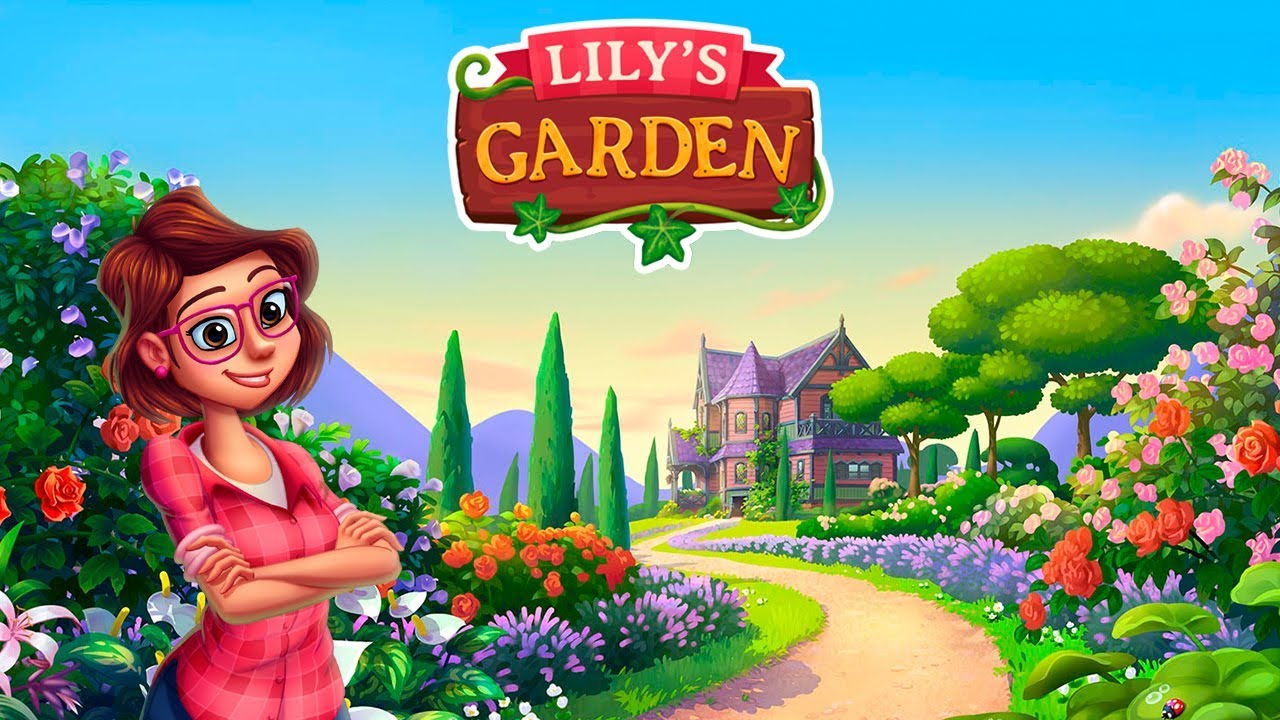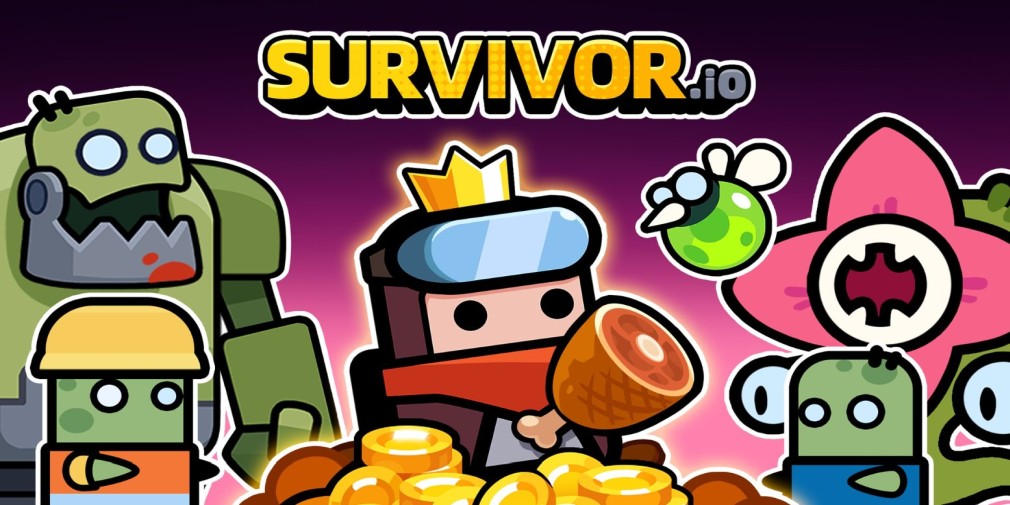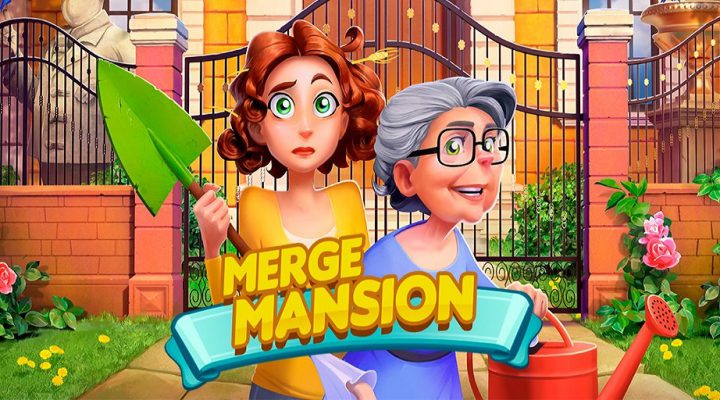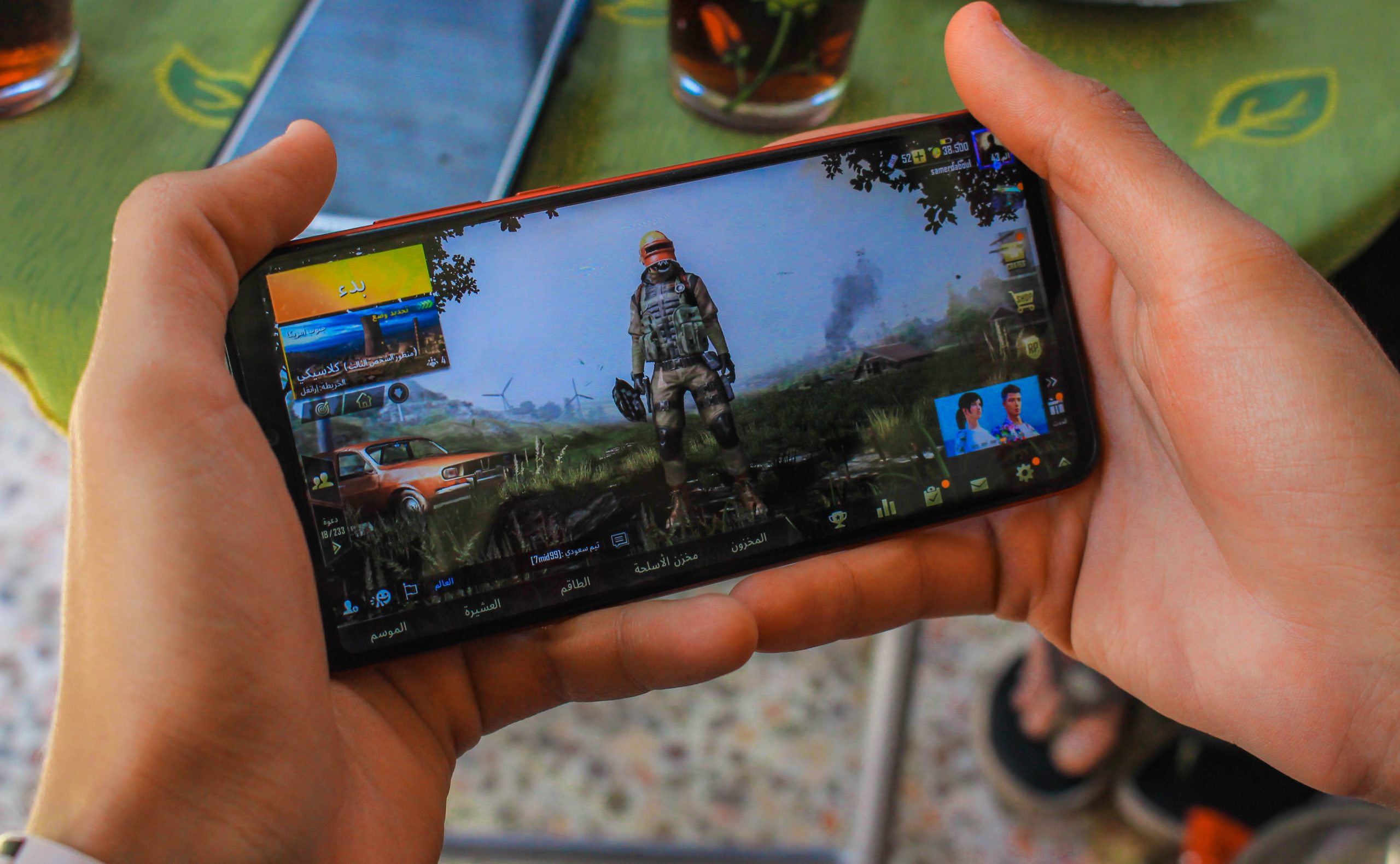Boost your mobile game’s video ads thanks to storytelling
Mobile Games
October 13, 2022
What makes a great mobile game trailer? Upbeat music? Great gameplay? A click-worthy CTA? A dynamic voice-over? All that and more. There are many ways to promote your mobile game with your preview video (or even other genres of apps), but however you decide to take advantage of that tool, you can’t ignore the need for a good narrative structure. It’s what led some of the biggest mobile games to success lately.
Why rely on storytelling?
For a video ad to be effective (whether it’s a game trailer, a preview video, or a video ad created for UA purposes) you need to successfully catch the viewer’s attention. To do so, you need to build a story. Just announcing the benefits of your game and showing it won’t be enough to get users invested.
If you center your video preview over a storyline, you’re more likely to draw their attention and keep it long enough to get them to hit that download button. A good preview video can increase your conversion rate by 20 to 30%, not to mention it’s a great branding tool.
Centering your video ads around storylines will make them memorable. Once they care about your characters or story, they’ll remember you more easily, which is great for both your brand recall, your brand awareness, and your click-through rate.
Just showing gameplay is not enough, you need to get users invested in your game, make them want to play it, and share it around them. Thanks to the use of narratives you can tap into their motivation and transform them into long-term consumers.
Take advantage of gamer motivation
Gamer motivations are the latest marketing tool in vogue with mobile games. They’re a great way to precise your targeting and ensure your visual assets are relevant to your audience. They rely on the basis that each mobile gamer is looking for something when gaming. They’re not hooked just because the game looks good but because it answers a need within them.
According to Facebook’s The Big Catch playbook, “leveraging gamer motivation when making ads may also drive higher user value and higher ads quality scores, meaning the ad may perform better in the auction as it’s higher quality”.
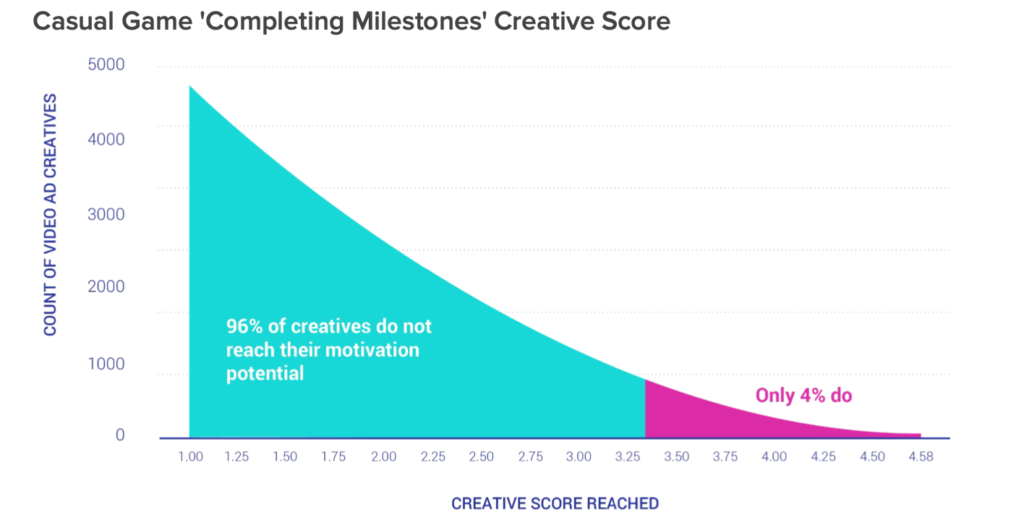
But what exactly are gamer motivations? They are a set of user motivations often used to categorize mobile gamers according to their main goal. Gamers are drawn to games because they’re looking for a specific gaming experience, most of all with mobile gaming. Do they look for a social aspect? For a place where they can build things and exert their creativity?
There is no fixed list of gamer motivations, for example, where Liftoff lists 6 gamer motivations, Facebook has 8. You can even create your own list according to your audience and their taste. Depending on the kind of game you have, your viewers may be segmented into different audiences.
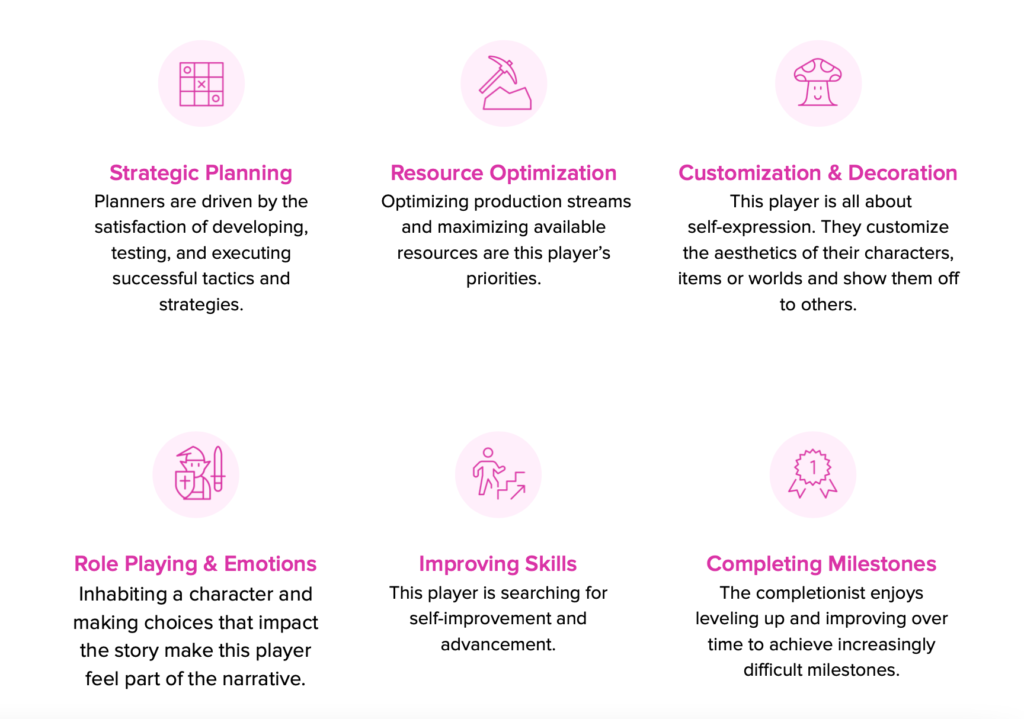
Why does it matter? First of all, thanks to new ASO tools like Apple’s Product Page Customization or Google’s custom listing page you can even target each segment separately directly on the app stores.
Then, targeting an audience by tapping into their (gaming) motivation is the best way to acquire a loyal customer base and reduce churn. If you know what your user base is actively looking for in their mobile game, you can tailor your marketing content (especially your visual assets) to show them how they can find it within your product.
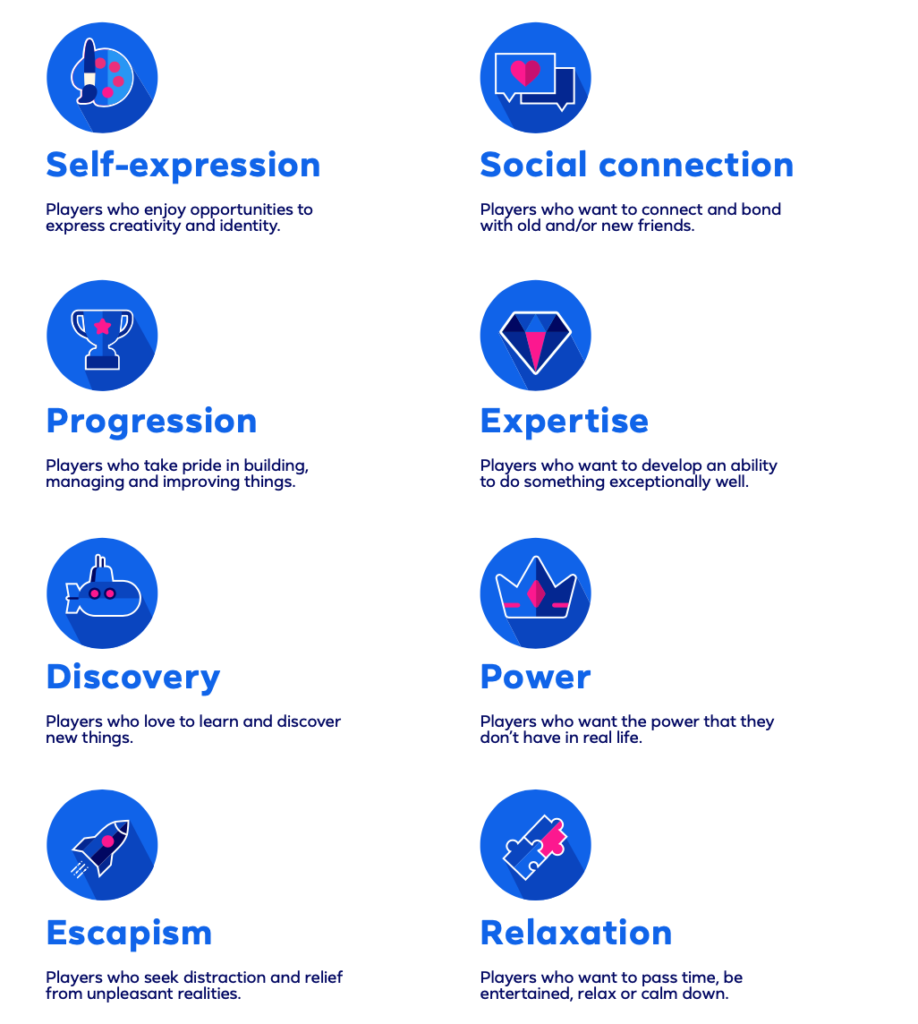
The first step is to find out what are the motivations of your intended audience. You can either use existing lists (like Facebook’s or Liftoff’s, or even make your own). There may be several motivation possibilities, after all, every gamer is unique and looking for something different in your mobile game.
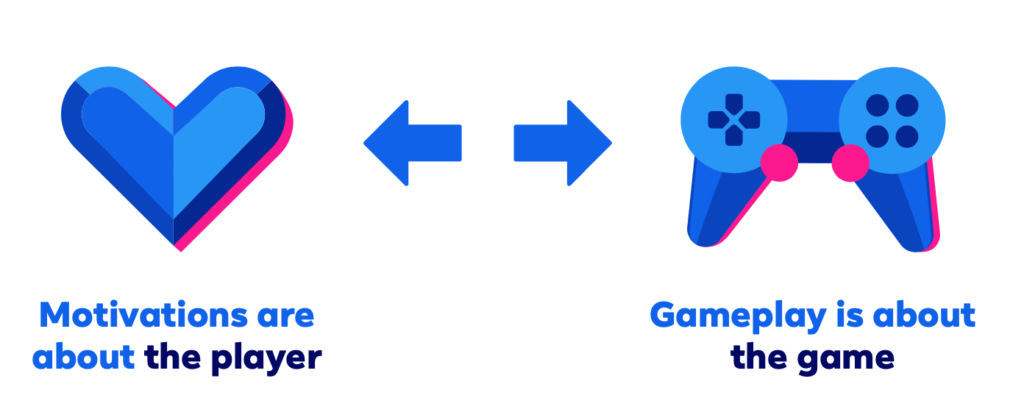
Learning what motivates your gamers will help you build a trusted relationship between them and your brand: they’ll be more likely to spend time and money on your game, interact with your brand on other channels and even play other games from your portfolio.
You can even convince a user to try out a new game genre by showing them how it fits within their motivation.
For any marketing campaign to be efficient, you need to know your target audience well. Finding out which gamer motivations fits with your app might be enough to help you step up your game.
Lessons from the success of fake ads
Fake ads have been extremely successful in the last couple of years for mobile games. Even though fake ads are a controversial UA tactic, no one can deny they’ve been extremely effective for mobile game developers such as Playrix for example.
Why did they encounter such tremendous success? Because they were imbued with dramatic stories. Let’s take Homescapes for example, the game itself is a match 3 game where your progression allows you to restore the house to its glory. That’s not the story video ads told, they were all about the main character making tough decisions in drama-ridden situations, or trying your hand at untangling a romantic subplot.

All these ads are telling a story, they’re attracting the viewer’s attention with plots and twists and stories, all of which make them want to try the game to solve all these problems.
You don’t have to rely on fake gameplay to use narrative successfully. Fake ads are just an example of how infusing storytelling in your video ads will help them perform better.
Success stories are leading the way
Besides famous fake ads such as Homescapes, other successful mobile games rely on narrative to advertise their product. Two games play very well on that note: Lily’s Garden and Family Island. Lily’s Garden’s entire UA strategy revolves around the story of its characters; most video ads relay moments of Lily’s life that are disconnected from the actual gameplay but match the meta layers of the game. Their marketing strategy is working extremely well and allowed them to grow their community on social media as well.
Some Family Island video ads are centered on an infidelity storyline, which is far-fetched from the premise of the casual farming game set in the Stone Age. They play on emotions and dramatic plot twists (in one of them the daughter finds her father in bed with his mistress).
They create a lasting interest, viewers feel involved and are engaged in the long-term, they want to see where the story goes. They’re compelled to interact with the product.
Storytelling allows you to give depth to your mobile game, you can play on scandal, romance, or even humor, to showcase your brand and help viewers connect with your game on a more emotional level. A user that is invested in your game will be profitable, one that will keep using your product and trust your brand.
Are you ready to bake stories into your video ads? If you need a little nudge, we’re here to help!
- Mobile Video Monthly #38 – November 2023 - 5 December 2023
- Disturbing ads, a new trend for mobile gaming creatives? - 28 November 2023
- The Power of Holiday Marketing in Boosting Mobile Game Engagement - 21 November 2023





